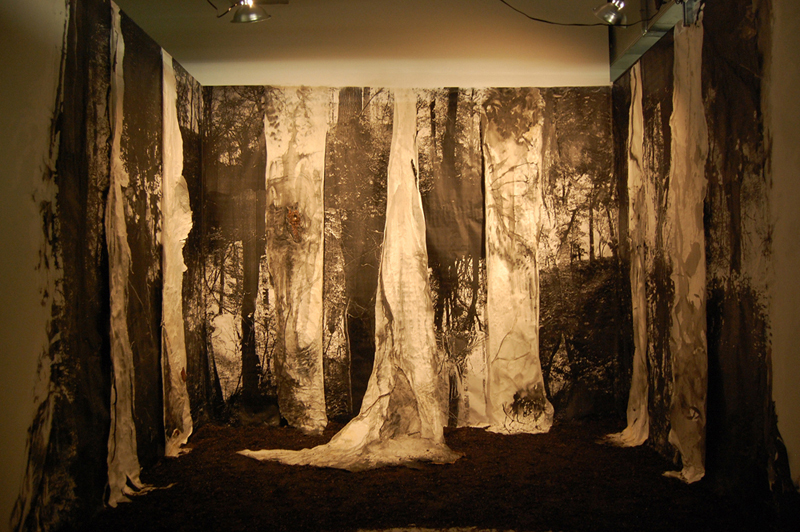
Philly-focused weekly online mag Flying Kite’s “On the Ground” initiative establishes temporary media hubs in vacant or under-utilized storefront and seeks to help transform the selected neighborhood through news coverage, events and social media for 90 days. Their current neighborhood camp is in the People’s Emergency Center building at 4017 Lancaster Ave, and as part of the “On the Ground” initiative, Flying Kite is presenting an inaugural art exhibition, Transformation 19104. It includes some of West Philadelphia’s most important artists working across multiple mediums. The show opens this Friday, June 8 in conjunction with Second Friday on Lancaster Ave. The reception and exhibition will take place from 6-9 p.m.
“From fiber and textiles to found sculptures, the Transformation of the space will showcase the neighbors who have been working and creating community and new art movements in their homes and studios,” says curator Bonnie MacAllister, who also curated “Women of Lancaster Ave.” at 4017 Lancaster in the fall as part of the corridor-wide LOOK! exhibition. From Flying Kite: “Ellen Tiberino and Wendy Graves-Papadopoulos, two exhibitors in Women of Lancaster Ave., return for Transformation. Tiberino’s brother Gabe, part of the celebrated local family of Tiberino artists, is also part of the lineup. In addition, Jeff Dentz of Traction Company, the collaborative workspace and art center at 41st and Haverford, will exhibit.”All art in the show was created by artists who live or hold a studio in the 19104 zip code and all works are said to “represent transformation in their own way.”
Here are the artists’ bios (from Flying Kite):
Ndokaa Bundu
This native of 19149 was raised Lutheran, attended public schools and a private liberal arts college. He studied in Avignon (spring 1978), taught science in Gbarma, Liberia (1980-1981) and lived in the 11215 with a friend’s sister, winter & fall, 1983 before moving to 19104 in 1983, working in 19140 since 2001. Now an anarcho-marxist, Bundu is married with three cats, two Honda civics and one 3-speed bicycle.
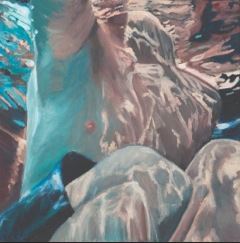 Alexa de los Reyes
Alexa de los Reyes
Alexa de los Reyes has studied color theory, portraiture, abstract and representational painting at Massachusetts College of Art, the Liga de Arte in San Juan, Puerto Rico, and the School of Visual Arts. She has painted portraits and interior murals on commission for clients in Boston, New York, Washington, D.C., and San Juan. After graduating from Harvard with a degree in History & Literature, Alexa worked as a writer and editor for several years in different mediums, contexts, and countries. She began painting seriously while living in South America in the late 1990s and has since made the passion into a discipline. Alexa currently resides in West Philadelphia with her husband and two young boys.
Catherine Gontarek
Gontarek’s mixed media paintings on board evoke a sense of impermanence through images that depict objects and places that seem to float in and out of hand painted patterns. Working on smaller panels that are then mounted together to form a larger whole, seems to add to the ephemeral feel of her paintings. In one piece an image of an empty chair is coupled with a casual rendering of her son. Gontarek’s work leads one to assume that the artist looks to her immediate surroundings for inspiration, resulting in paintings that seem to somehow blend intimacy with design. Catherine Gontarek lives in West Philadelphia with her family.
Wendy Graves-Papadopoulos
Graves-Papadopoulos has lived in West Powelton for 15 years. She volunteered at the University Arts League for 5 years. She is the co-founder of the Satellite cafe at 50th & Baltimore. Her current work involves hand-dyed natural fabrics which are assembled into blankets. She believes that there is something inherently valuable in art that you can use, i.e. ornamental utilitarianism. She also works in ceramics and silversmithing.
Et Green
Green is a graphic designer and illustrator from Philadelphia.
Bonnie MacAllister
MacAllister (WCA member) is a multimedia performance artist who works in oil, watercolor, film, theatre, and mixed media. She has recently shown her visual artwork at the Delaware Art Museum, Galeria 6 (Mexico), the Center for Green Urbanism (DC), University of Pennsylvania, Montclair State University (NJ), and Florissant Valley Art Gallery in St. Louis, MO. She studied under Jacques Derrida, Helene Cixous, and Agnes Varda. She is a Fulbright-Hays recipient to Ethiopia and a Pushcart Prize nominee. She has lived in Sanders Park since 2004.
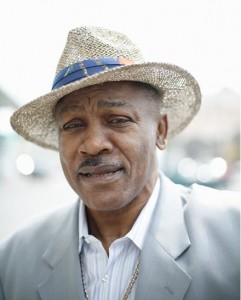 Jeff Dentz
Jeff Dentz
Dentz graduated from the College of General Studies at University of Pennsylvania and received a Certificate in Printmaking from the Pennsylvania Academy of Fine Arts. He currently teaches at Fleisher Art Memorial and exhibits his work locally. His work is part of the Print and Picture Collection at the Free Library of Philadelphia and the Printmaking Department Archives Collection at PaFA.
Maggie Machledt
Though born and raised in Indianapolis, Maggie has called West Philadelphia her home for nearly 4 years. Maggie is a papercutting artist who has expanded her craft to include creating botanically-shaped jewelry from flat bike tubes. She earned her Masters in Art Therapy from Drexel in 2011, and currently works with adults coping with chronic mental illnesses in North Philadelphia.
Sofya Mirvis
Unexpected interactions of material and image is the consistent motive behind my creative process. I am interested in all that lies beneath the surface of a landscape, person, or object, representing what can be felt but seldom seen or touched.Michael Persico
Persico is a professional photographer living and working in Philadelphia. He specializes in clean, thoughtful imagery that evokes feeling for, and from, his subjects. When not behind the lens, he’s happy spending time maintaining his ’66 Honda Motorcycle or making a break to beach for a few good waves on his classic longboard. When pressed to name his artistic inspirations, he cryptically says, “I am inspired by photographers of the past, and motivated by photographers of the present.” Michael has shot for New York Magazine, Anthem magazine, Plan B Magazine, Ace Fu Records, Anti Records, Philly Style and the Philadelphia Weekly.
Sara Suleman
Suleman was born in Karachi, Pakistan. She works in various media ranging from photography to installation. Her works are tied to observations from daily life which are then abstracted and re-imagined. She has shown her work in exhibitions including Gender Games, International House Philadelphia 2012, Erasing Borders, Queens Museum of Art, and Aicon Gallery, New York, 2011, PECO Art in the Air program 2011, Newark Open Doors project 2011, and in various Film Festivals, such as the Los Angeles Asian Pacific Film Festival, San Fancisco Women’s International Film Festival, and Philadelphia Asian American Film Festival. She is an active member of Women’s Caucus for the Art, Philadelphia Chapter and received a grant from PIFVA, Philadelphia Independent Film and Video Association in 2012.
Ellen Tiberino
Tiberino can claim a connection to the Lancaster corridor since birth. She is the daughter of distinguished artists Ellen Powell Tiberino and Joe Tiberino. She studied visual arts at Fleisher Art Memorial and Moore College as a child and during high school at Creative and Performing arts she studied the performing arts of drama dance and singing. Over the past five years, as well as teaching she directed her main energies to sculptural relief glass work (mural and easel size). She worked at times with artists Joseph Brenman and Gail Gruniger Scuderi on different mosaic mural projects and the community peace pole project (a joint project between the Ellen Powell Tiberino Memorial Museum and the West Park Cultural and Opportunity Center where students clay masks were affixed to a pole in mosaic.) Ellen curates shows at The Ellen Powell Tiberino Memorial, named for her mother and where she has executed two major murals “And Still I Rise” (2007) and “Tomorrows a New Day” (2008). She is currently working on several small mosaic pieces for upcoming shows.
Gabe Tiberino
Born and raised in Philadelphia, Tiberino is a mural artist who was truly born into art. Encouraged by his family as a child he was exposed to a variety of art forms. Tiberino graduated from the Pennsylvania Academy of Fine Arts in 2005. Throughout his schooling, he assisted many of Philadelphia’s mural artist. He has assisted over twenty murals and has been the lead in several of his own. His paintings have been in numerous one man and group shows throughout the region. Tiberino gives us visual images, in acrylic and oil paint journalizing street experiences, thoughts, emotions and projected dreams. His work retains the freshness of direct observation. Reflecting his interest in rendering art in a more public way, all his paintings are concerned with people, locals and dealing with art as part of the real world. Clarity is his virtue.
– Emma Eisenberg
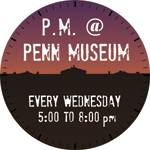 Popular summer after-work happy hour and entertainment destination, PM @ Penn Museum Summer Nights series returns this Wednesday, June 20, at 5 p.m. Summer Nights features weekly international music performances at the lush garden setting at Penn Museum (3260 South Street). It is also a good opportunity to visit the museum. Tickets are only $5 and include museum admission.
Popular summer after-work happy hour and entertainment destination, PM @ Penn Museum Summer Nights series returns this Wednesday, June 20, at 5 p.m. Summer Nights features weekly international music performances at the lush garden setting at Penn Museum (3260 South Street). It is also a good opportunity to visit the museum. Tickets are only $5 and include museum admission.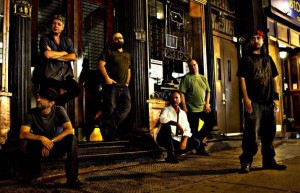 June 20 – Barakka
June 20 – Barakka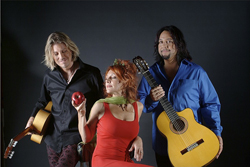 August 1 – Incendio
August 1 – Incendio

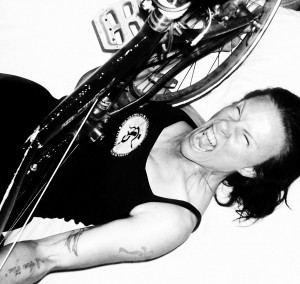



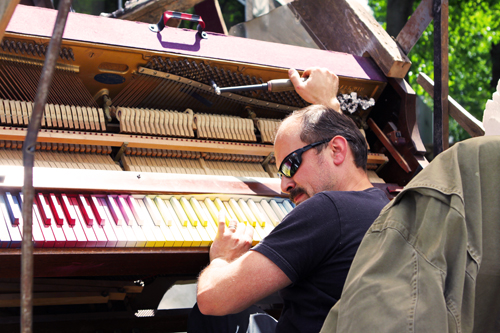
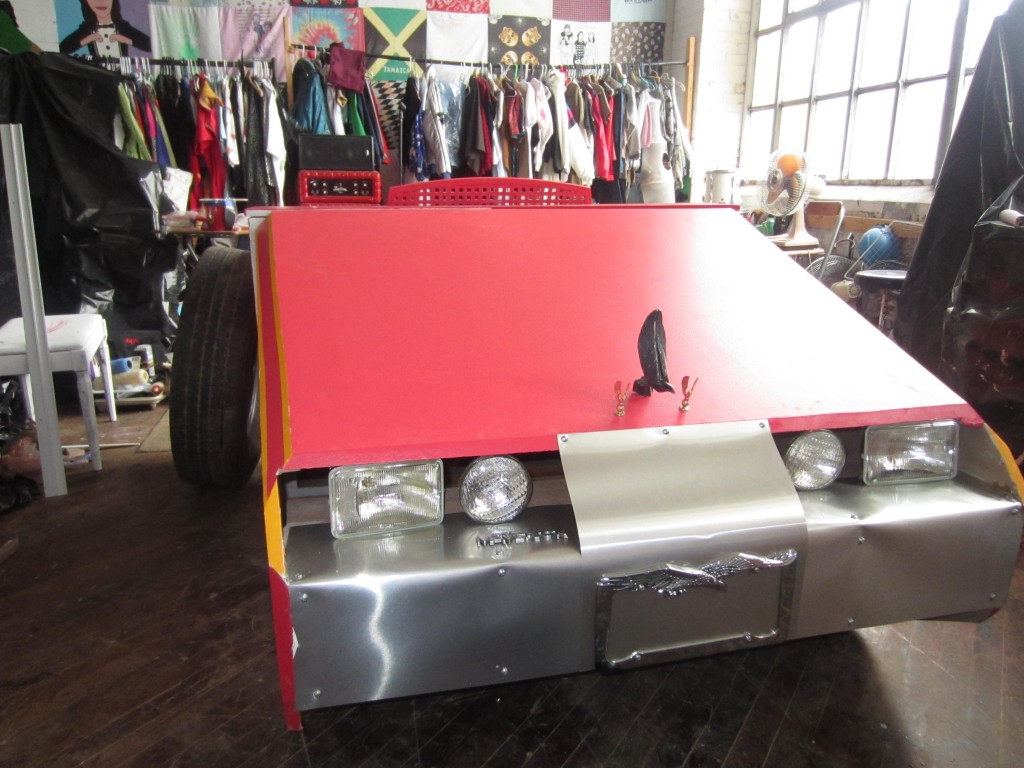
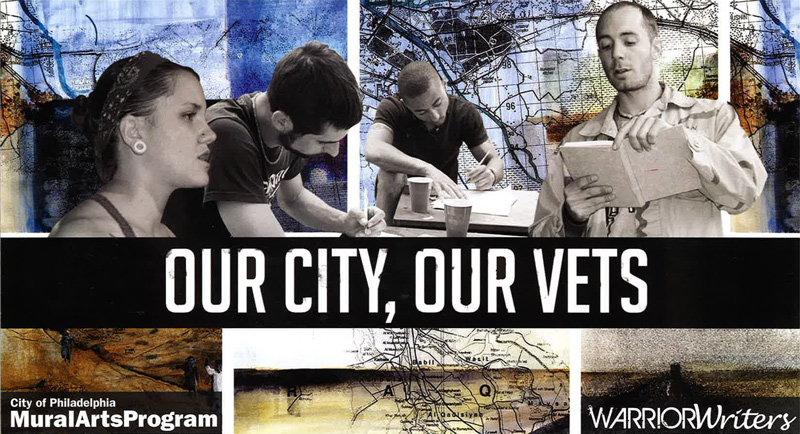
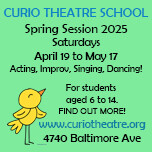


Recent Comments